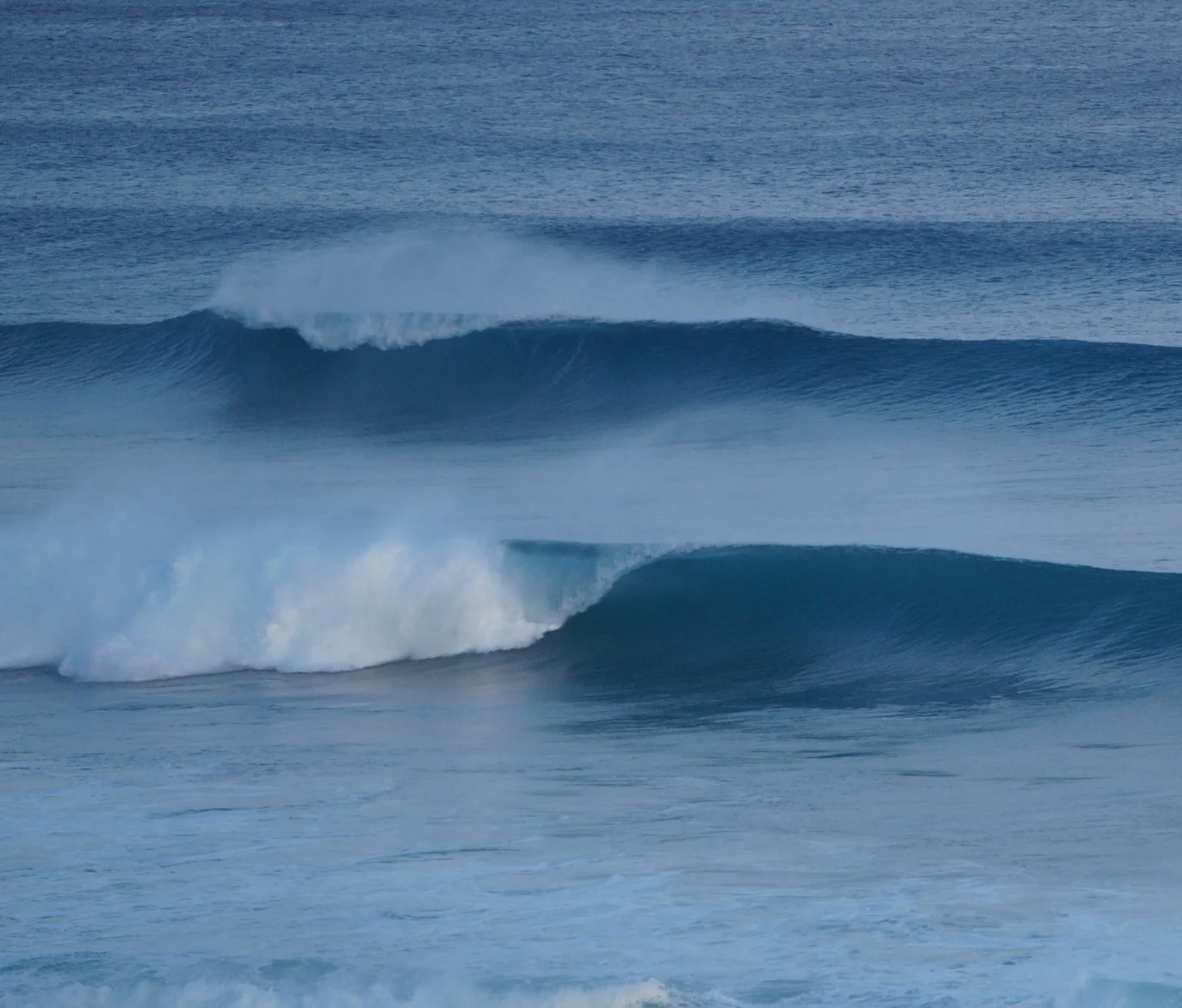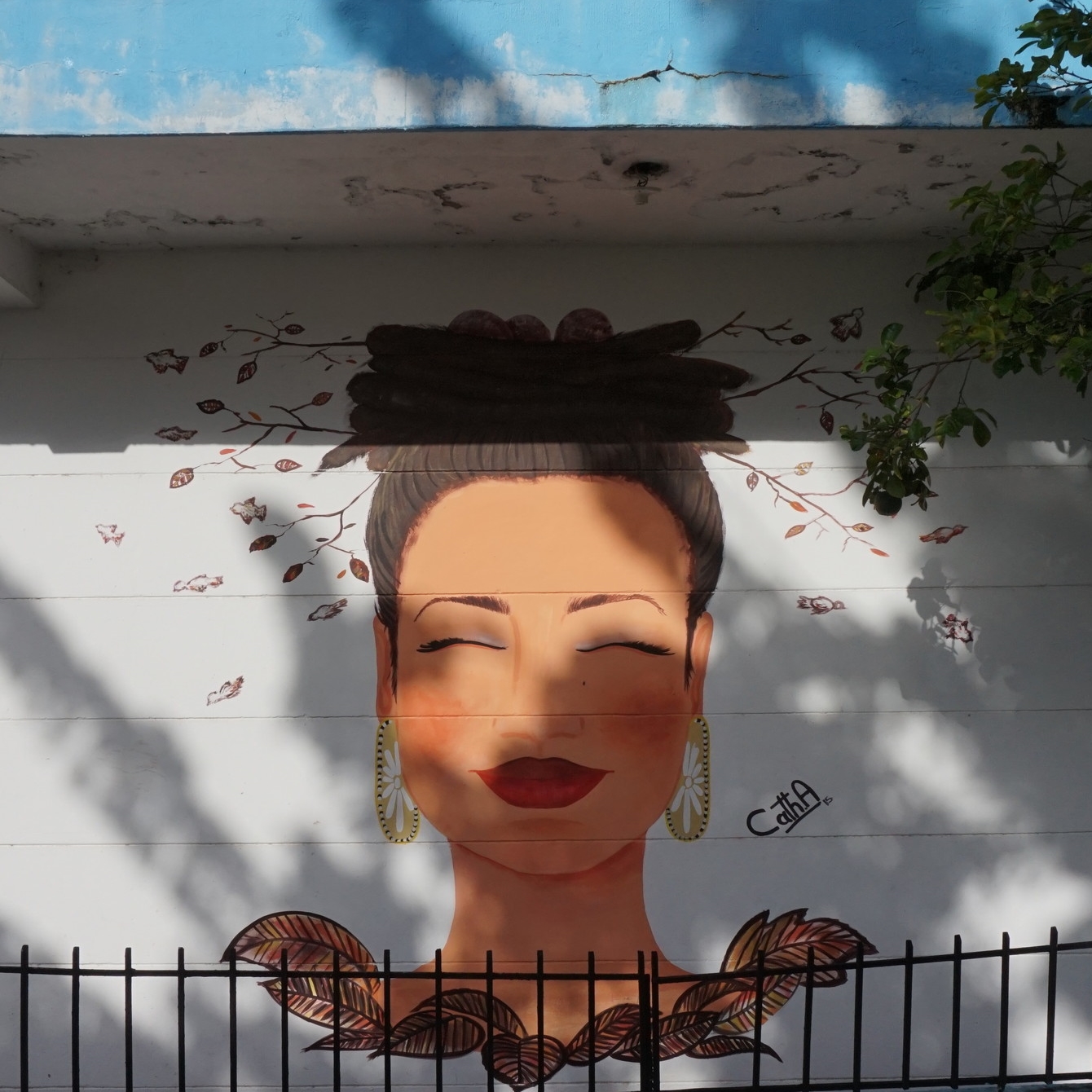The continent is cruel and pitiless, four-fifths of it uninhabitable. The vast dry heart of the land is dead, and it is on this intractable central grimness that the teeth of adventure have long since been blunted. Here journeys have ended, the pioneering flame has guttered and failed, hopes and ambitions lie buried in the blowing sand. It is the one challenge from which the adventurous Australian has always had to retreat, back to the narrow, safer skin of his coastal holdings, and he has been forced to turn his back, because he must, on the invincible wilderness that lies behind him. So he has been obliged to look elsewhere for the great adventures, the necessary challenges to the spirit.
–George Johnston, My Brother Jack
I cut my foot open with a knife. It’s the same one we use for slicing pawpaw and pineapple for breakfast. Of course, I cook the tip of the knife first, over a naked flame in the concrete kitchen. The gas works all the time but the water, lights and power points surge and subside like the tides. It’s the north coast of the Dominican Republic and our rented bedsit is a street back from the Atlantic. I can hear it now through the open door, clipping the outer reefs, six foot at fourteen seconds from the northeast. With foot propped on a green plastic chair, I squeeze at either side of the cut. A black hyphen extends into an urchin spine. It hurts like hell. Then I pass the knife to my fiancé, Tom, who re-cooks it, then gets to work on cutting out various studs of coral and rock from the soles of his feet. There’s a bracing bottle of ron viejo between us. You get pretty good at playing doctor on long surf trips.
This trip’s in the Dominican Republic, a Caribbean country that’s an intoxicating mix of Spain and Africa. It shares a border with Haiti, has a coast spangled with Spanish shipwrecks, and its history is bloody, from the genocide of the indigenous people, through to the murderous dictatorship of Trujillo, described in chilling detail by Mario Vargas Llosa in the The Feast of the Goat. Our base has been Rio San Juan, a fishing town, a town of colourful murals—on one corner there’s a striking woman with her hair in curlers, on another, a boy carrying a mahi mahi. It’s also a town of Monday morning drinkers and endless parties. The Dominicans have a dozen words to describe a party. Bemberria refers to a piss-up with friends, a bonche is a cool party with friends, a can is a big party, and nearly every car is fitted with a nightclub-quality sound system. The bass vibrates across the lime lino floor of the bedsit from two blocks away. Loud nights are killer when you’re up at 5.30 in the morning for a surf check and Rio San Juan is a short motorbike ride from some of the best surf on the north coast.
A few mornings ago, Tom and I went to the lookout to check the usual suite of waves at La Preciosa—El Barco, Cabo Nicola, La Muela and La Preciosa, which is both a wave and the name of the bay, a dramatic new moon cocktail of aquamarine and turquoise water. Rainforest clings to cliff, cliff scarps to sea. An old road used to trim the coast, but it’s a walking track now, halved by washouts and creeping vines. There’s no development at La Preciosa, though further east, a Miami-owned resort chain offers a ‘clothing-optional’ experience, and the next bay to the west, Playa Grande, is famous for its seafood. The local chulos who rent surfboards at Playa Grande say La Preciosa was scouted as a location to shoot Pirates of the Caribbean; they say the shipwreck was robbed of old Spanish gold only a few years ago; they say the robbers fled to the UK. We hear there’s plenty of gold still down there, trapped deep under the sand.
This morning, as we near the lookout, raucous hoots and screams startle the birds. Our hearts drop. It sounds like ten carloads of surfers from Encuentro, a surf mecca that’s an hour and a half away. We don’t like sharing. But it turns out to be an unlikely trio of expats: Russian twins with faces like foxes, and a voluble, leather-backed Frenchman. They’re ridiculing a surfer on the break below, calling him into an imperfect wave. It’s big. The waves are well overhead. When he sees us, the Frenchman switches to English. “Not there, you idiot! Over there! Paddle, paddle! Just because you’re on a long board doesn’t mean you don’t need to paddle!”
His mate, who we recognise as another retired French expat, doesn’t make the wave. He hesitates and the lip knocks him flat and the sea sucks him under.
“Preciosa has a way of grabbing on to you and not letting you go,” an old American surf ski rider had said to me the day before. And he’s right. Getting knocked by the lip at Preciosa can feel like a cocotaso, what the Dominicans call a hit with a closed fist over the head.
Dominicans are pretty relaxed in the surf—especially compared with Australians. In two months, we haven’t surfed with any other Australians and have met only very few independent surf travellers not taking lessons or hiring boards from one of the many surf schools. Surfing with Dominicans, North Americans, French, Venezuelans and Russians, I’m beginning to suspect there are a few critical things that make us quite different as surfers, as surf travellers. It’s harder to get a sense of this in Indonesia, or the Philippines, or Fiji, where there are plenty of Aussies and fewer chances to feel your own otherness. But here . . .
On the track behind us, there’s the sudden rustle of thirty pairs of crisp new board shorts, there’s the rubber slap of sixty thongs.
“Fucking Los Rusos!” curses the Frenchman.
The Russian surf school has arrived.







